Willem Hesselsz de Vlamingh (1640–c.1698) was a Dutch sea captain and explorer whose 1696–97 expedition significantly advanced European knowledge of Australia’s western coastline. Sailing for the Dutch East India Company (VOC), he was tasked with locating the lost ship Ridderschap van Holland but ended up leaving a legacy far beyond his original mission.

The 1696–97 expedition
De Vlamingh commanded a fleet of three vessels: the frigate Geelvinck (under his own command), the Nijptangh (Captain Gerrit Collaert), and the galiot Weseltje (Captain Cornelis de Vlamingh, his son). The fleet departed Texel in May 1696, stopped at the Cape of Good Hope, and reached the coast of Western Australia in late December.
Discovery of Rottnest Island
On 29 December 1696, de Vlamingh’s party landed on an offshore island. Encountering small marsupials (quokkas), he mistook them for giant rats and named the island ’t Eylandt ’t Rottenest (“Rats’ Nest Island”). His journal describes the place in glowing terms:
“I had great pleasure in admiring this island, which is very attractive, and where it seems to me that nature has denied nothing to make it pleasurable beyond all islands I have ever seen, being very well provided for man’s well-being, with timber, stone, and lime for building him houses, only lacking ploughmen to fill these fine plains.
There is plentiful salt, and the coast is full of fish. Birds make themselves heard with pleasant song in these scented groves.
So I believe that of the many people who seek to make themselves happy, there are many who would scorn the fortunes of our country for the choice of this one here, which would seem a paradise on earth.”
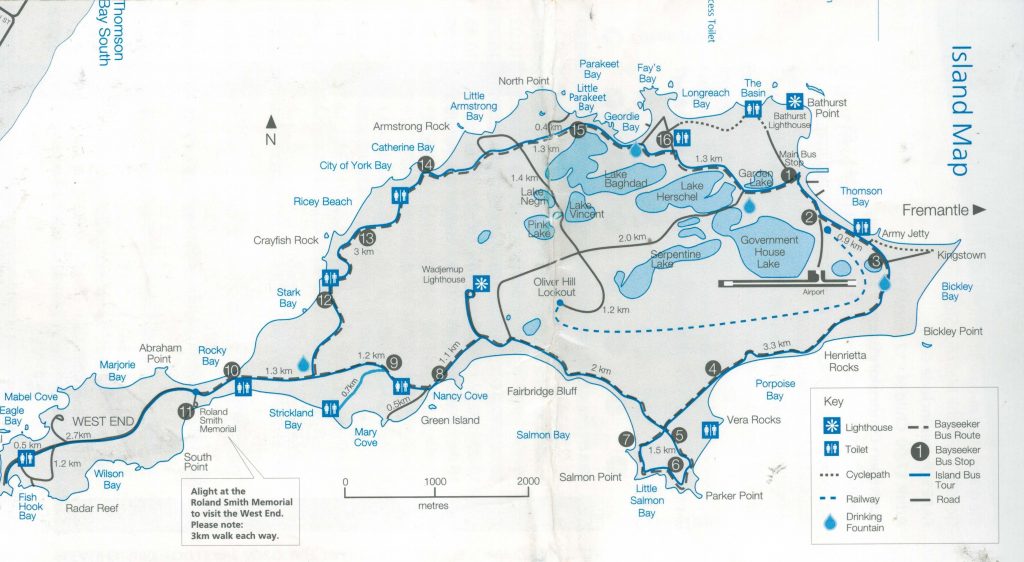
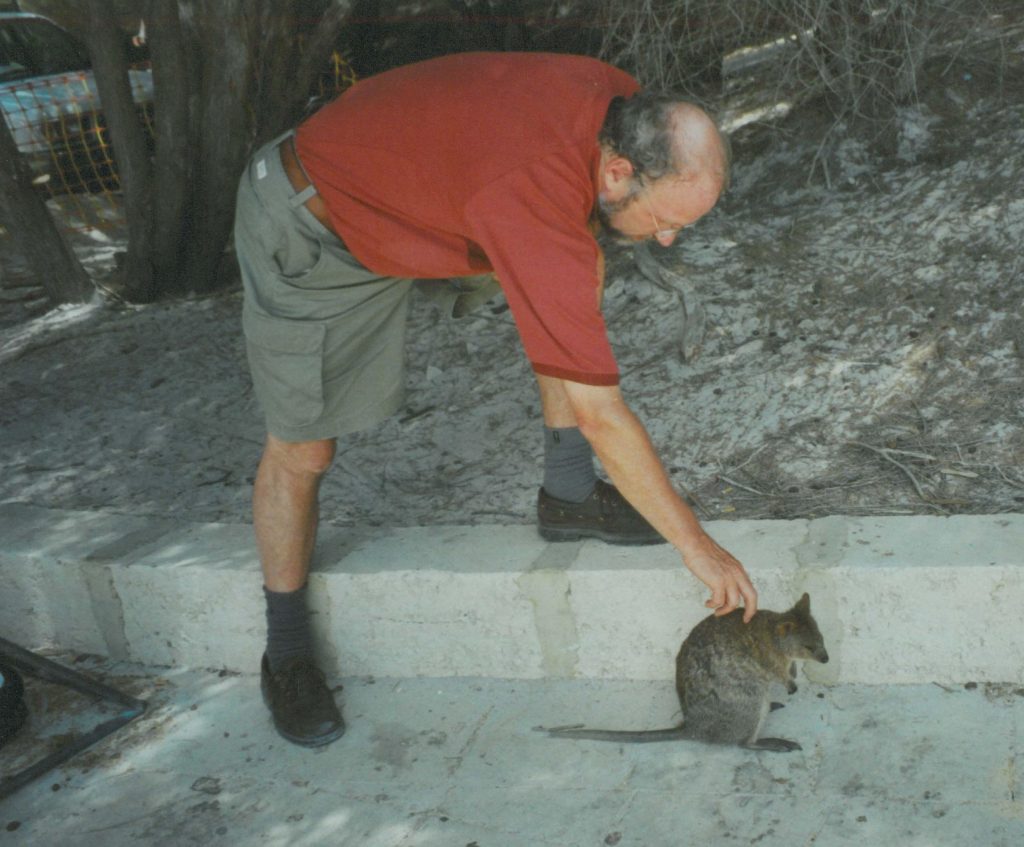
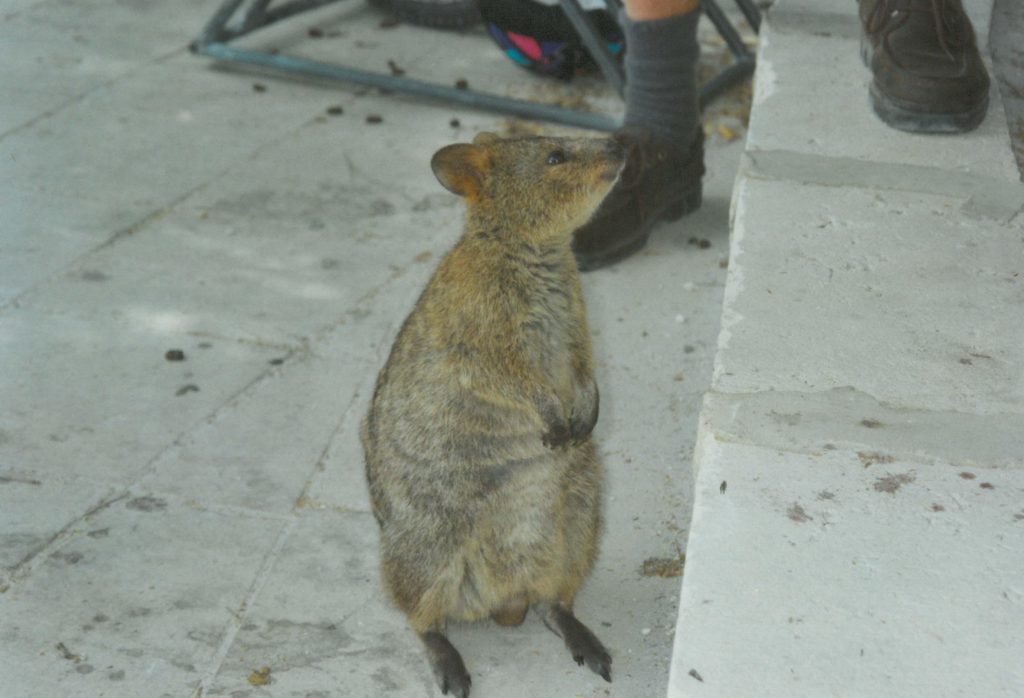
Pictures above – Rottnest Islands with the quokkas – 2003
Naming the Swan River
On 10 January 1697, de Vlamingh and his crew ventured up the Swan River. They are believed to be the first Europeans to do so. Seeing large numbers of black swans, he named it Zwaanenrivier. His crew searched inland for evidence of people:
“Our men had to leave the boats to push the same, rounding a corner we found the end of the river which divides itself into many veins, [so] that we could not proceed any more.
All around we saw several footsteps and the impression of a hand on the sand, and marks of the thumb and fingers showing plainly that it was done not long ago.
Proceeding further we found a fire which had just been lighted, and three small huts … Towards noon we could not go any further … we decided to return, having already ascended the river for six or seven miles without having seen anything of importance.”
Charting the coast
On 22 January the fleet sailed through the Geelvink Channel. On 24 January they passed Red Bluff, and near Wittecarra they searched for fresh water.
Replacing the Hartog Plate
On 4 February 1697, de Vlamingh landed on Dirk Hartog Island and discovered the historic pewter plate left by Dirk Hartog in 1616. De Vlamingh had a new pewter plate made, replicating the original inscription and adding his own:
Dutch Inscription (1697):
Op den 4den van de maand februari 1697 is hier aangekomen het schip de Geelvinck, onder bevel van den kapitein Willem de Vlamingh van Vlieland; de onderkoopman Gerrit Collaert van Amsterdam; de stuurman Coert Gerritsz van Bremen. Op den 4den dito is hier aangekomen het schip de Nijptangh, onder bevel van den kapitein Gerrit Collaert van Amsterdam; de onderkoopman Theodorus Heermans van Amsterdam; de stuurman Gerrit Gerritsz van Bremen. Op den 4den dito is hier aangekomen het galjoot ‘t Weseltje, onder bevel van den kapitein Cornelis de Vlamingh van Vlieland; de onderkoopman Coert Gerritsz van Bremen; de stuurman Pieter Dirksz van Amsterdam. Zij zijn van hier vertrokken op den 12den van de maand februari naar Batavia.
English Translation:
On the 4th of February 1697, the ship Geelvinck, under the command of Captain Willem de Vlamingh of Vlieland; the under-merchant Gerrit Collaert of Amsterdam; the steersman Coert Gerritsz of Bremen, arrived here. On the same date, the ship Nijptangh, under the command of Captain Gerrit Collaert of Amsterdam; the under-merchant Theodorus Heermans of Amsterdam; the steersman Gerrit Gerritsz of Bremen, arrived here. On the same date, the galliot Weseltje, under the command of Captain Cornelis de Vlamingh of Vlieland; the under-merchant Coert Gerritsz of Bremen; the steersman Pieter Dirksz of Amsterdam, arrived here. They departed from here on the 12th of February for Batavia.
Artistic legacy
On board was Victor Victoszoon, a painter and cartographer. He created a now-iconic image of de Vlamingh’s ships near the Swan River, surrounded by black swans — one of the first European artistic depictions of Australian fauna.
Commemoration
Willem de Vlamingh is honoured on his home island of Vlieland, where a monument reads:
Willem de Vlamingh (Vlieland 1640)
Ontdekkingsreiziger – Australië 1697
De stichting beheer erfpacht Duinkersoord heeft met haar aandeel in de bekostiging van dit monument bijgedragen aan kunst en cultuur op Vlieland.
He is also commemorated by a sundial monument in Perth and featured in a 1969 issue of Walkabout magazine.
The Willem de Vlamingh monument on the island of Vlieland, the birthplace of the explorer. The pictures below were taken by Hans Woldring in June 2023.
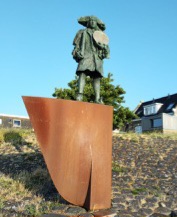
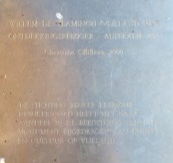
ONTDEKKINGSREIZIGER – AUSTRALIË 1697
Christine Chiffrun 2000
Legacy
Though the search for the Ridderschap van Holland was unsuccessful, the voyage reshaped European maps of the southern continent. His naming of the Swan River, Rottnest Island, and careful documentation of Dirk Hartog’s original landing ensured that the Dutch imprint on Australia’s early maritime history would not be forgotten.
Article about Willem de Vlamingh in a 1969 issue of Walkabout.
See also: De Vlamingh Memorial Sundial: A Historical Tribute Reimagined


